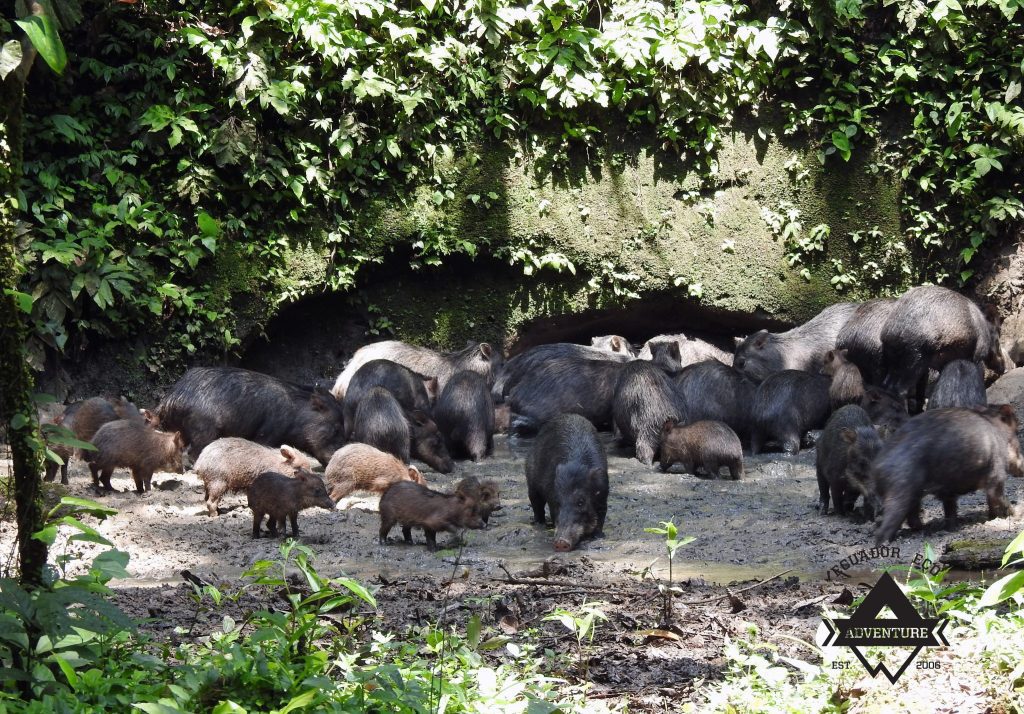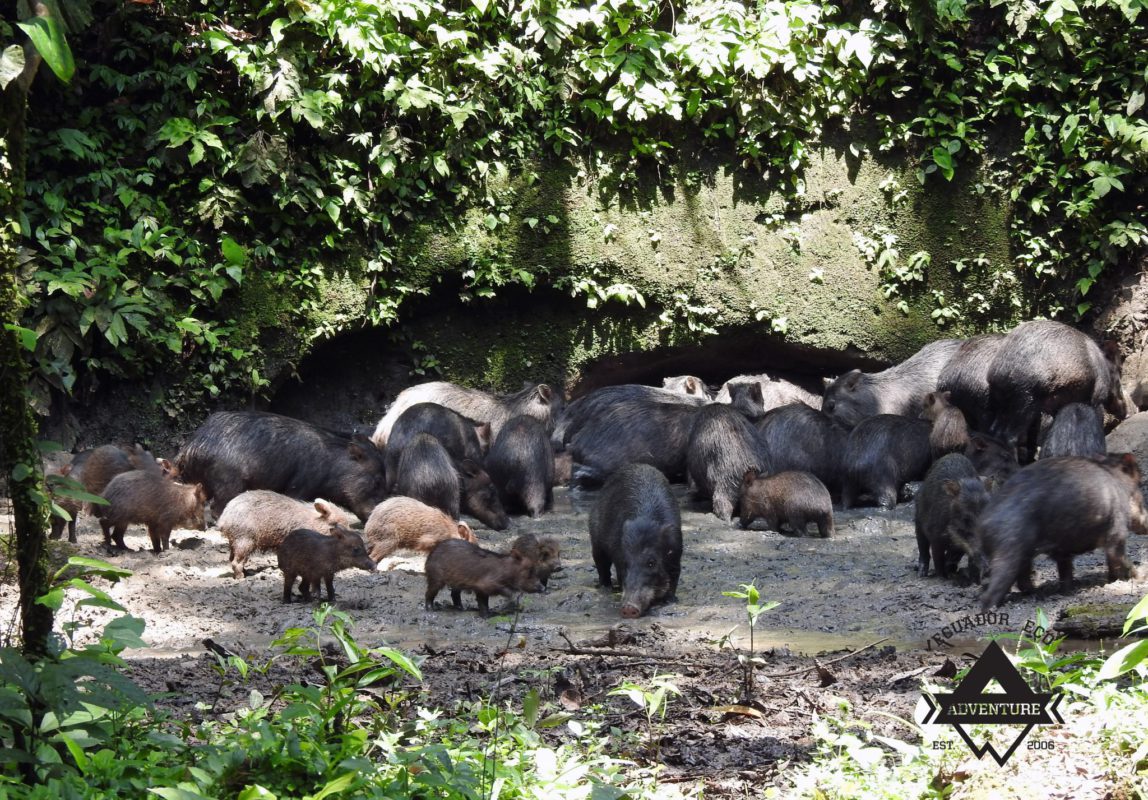The Yasuni Rainforest is located in the Amazon basin, which is known for its unparalleled biodiversity. It is estimated that the Yasuni Rainforest is home to an astonishing array of plant and animal species, many of which are found nowhere else on Earth. It is estimated that there are around 2,300 species of trees in the Yasuni Rainforest, making it one of the most tree-diverse places on the planet.
It is estimated that the Yasuni rainforest is home to over 500 species of fish, 600 species of birds, 200 species of mammals, and more than 100,000 species of insects, among others. Iconic and endangered species such as jaguars, harpy eagles, giant otters, and pink river dolphins are found in the Yasuni Rainforest.
One of the reasons for the high biodiversity in the Yasuni is its unique geography. The rainforest encompasses a wide range of habitats, including lowland rainforest, flooded forest, swamps, and rivers, which provide diverse niches for a wide array of species to thrive. The region’s complex network of rivers and waterways also creates important ecological corridors, allowing for the movement of species and gene flow, which helps to maintain genetic diversity within populations.
Another factor contributing to the biodiversity of Yasuni is its long evolutionary history. The Amazon rainforest, including the Yasuni area, has been relatively stable geologically and climatically for millions of years, providing a stable environment for species to evolve and diversify over time.
The indigenous people who have lived in the Yasuni Rainforest for thousands of years have also played a crucial role in shaping its biodiversity. They have developed traditional knowledge and practices that promote sustainable resource management, including selective hunting, fishing, and cultivation techniques, which have helped to maintain the delicate balance of the forest ecosystem.

Check out our Yasuni Amazon Tours and other expeditions into the Ecuadorian Amazon
However, the Yasuni Rainforest and its incredible biodiversity are facing severe threats from human activities, such as logging, mining, oil extraction, climate change and infrastructure development. These activities result in habitat destruction, pollution, and fragmentation, which threaten the survival of many species and disrupt the delicate ecological balance of the forest.
Conservation efforts in Yasuni are therefore of paramount importance. The Ecuadorian government, along with national and international conservation organizations, is working to protect and conserve the Yasuni Rainforest. This includes creating protected areas, implementing sustainable management practices, and promoting community-based conservation initiatives that involve local indigenous communities in decision-making processes.
Preserving the biodiversity of the Yasuni Rainforest is not only crucial for its ecological significance, but also for its cultural, social, and economic value. The forest provides important ecosystem services, such as carbon sequestration, climate regulation, pollination, and water purification, which benefit not only local communities but also the global community. Furthermore, the Yasuni Rainforest is a living laboratory for scientific research, providing insights into the complexities of tropical ecosystems and the processes that shape biodiversity.
In conclusion, the Yasuni Rainforest in Ecuador is a true treasure of biodiversity, hosting an unparalleled richness of plant and animal species. Its conservation is of utmost importance to ensure the survival of unique and fragile ecosystems, protect endangered species, preserve cultural heritage, and maintain critical ecosystem services that benefit humanity as a whole.
Jake is originally from Sydney and co-founded Ecuador Eco Adventure with Wlady back in 2006. Together they built one of the country's most prominent climbing and hiking agency that is number one in summit attempts of Chimborazo, Cotopaxi, Antisana, and Cayambe. Ecuador Eco Adventure has since been recommended in National Geographic Adventure, The Rough Guide, and the Lonely Planet.




0 Comments